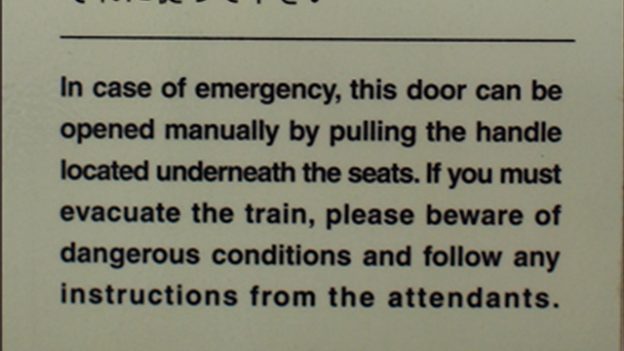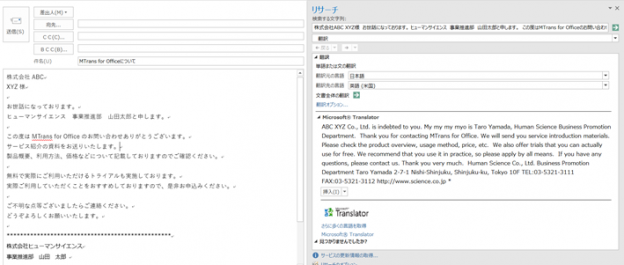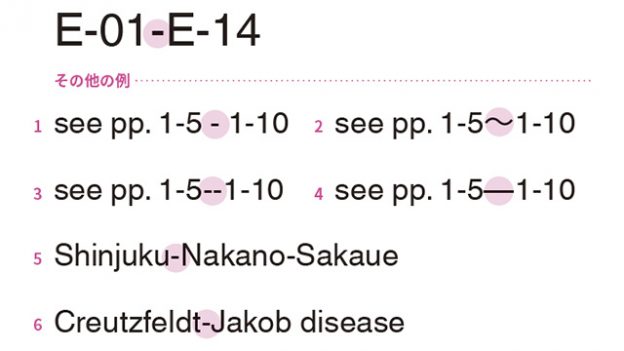What do you think of this typesetting?
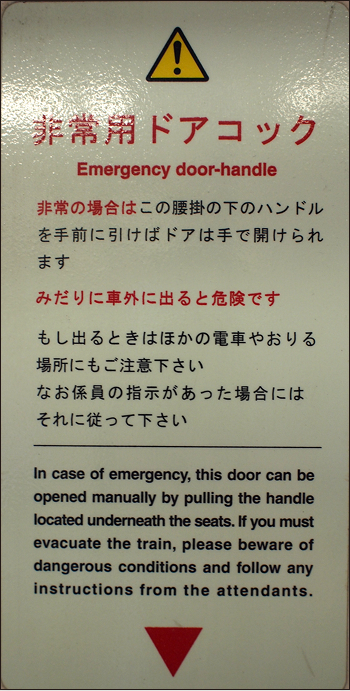
There is often a plate like this attached to the side of the train door. This European typesetting is very difficult to read, so it needs to be corrected. Where and how should it be corrected?
Table of Contents
Do not change the spacing between characters
The reason is that English was set up while the language was still in Japanese.
If allowed, changes in character spacing can be made exceptionally.
>>Translation Services by Human Science Co., Ltd.
>>Related Materials: Post-edit Quality Check Sheet Download
Negative Points
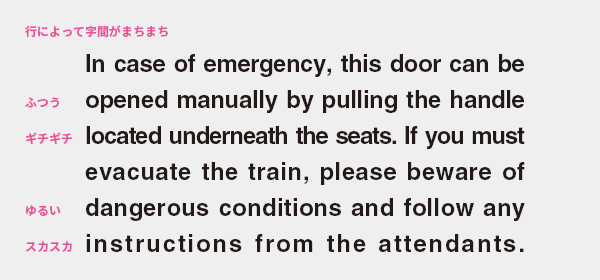
Improvement Plan
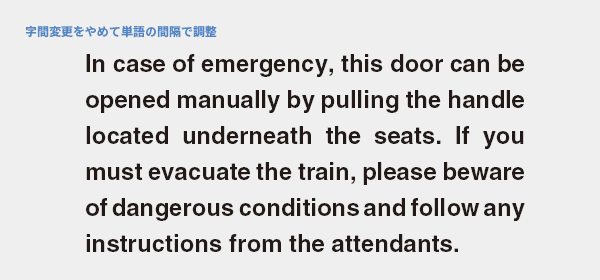
Do not change the spacing between characters
The spacing between characters varies greatly depending on the line, resulting in a very uneven typesetting quality. Additionally, changing the spacing between characters can cause the outline of words to become distorted. This can lead to situations where the same word appears differently depending on the line, making it very unnatural and difficult to read for native speakers.
Usually, you should not change the letter spacing. Font designers do not just design the shape of the letters. This is because they pay close attention to adjusting the letter spacing to make it easy to recognize when the letters are arranged into words.
In the improvement plan, we stopped changing the character spacing and instead adjusted the spacing between words, or spaces, to adjust the line width. This is a standard practice in typesetting. This allows us to avoid changing the shape of words in each line. It is not possible to justify the last line, so we aligned it to the left. I believe this has made the typesetting more uniform and easier to read.
Due to its mechanism, it is incredibly troublesome to change the letter spacing for each line in letterpress printing, and it is impossible to condense the letter spacing. The foundation of typesetting was established during the letterpress era, so typesetting that is not done with letterpress or cannot be done with letterpress may cause readers to feel uncomfortable or difficult to read. When you are lost in typesetting or feel uncomfortable, it is beneficial to imagine how it would be typeset with letterpress even in the DTP era.
The reason is that English was set up while the language was still in Japanese.
The cause of this error is likely in the composer settings. When using a Japanese composer to insert European text while keeping both sides aligned, the spacing between characters can become inconsistent, resulting in an unpleasant layout for native speakers. It is necessary to change the composer settings to the appropriate one for each language, such as using a European composer for European text, a multilingual composer for Arabic or Thai text, etc.
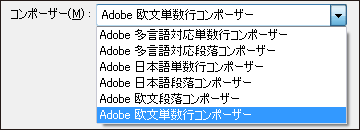
A composer is like a Western-style building made of bricks built on top of a traditional Japanese house's foundation. Not only does it look mismatched, but it also seems likely to tilt or collapse soon. It is difficult to propose improvements because it is hard to see the difference in typesetting and fixing it requires a major renovation from the foundation. If it were as clear as quotation marks or capital letters, with a clear right or wrong for everyone to see, and easy to fix with obvious results, it would be easier to make suggestions...
In Japanese, it would be
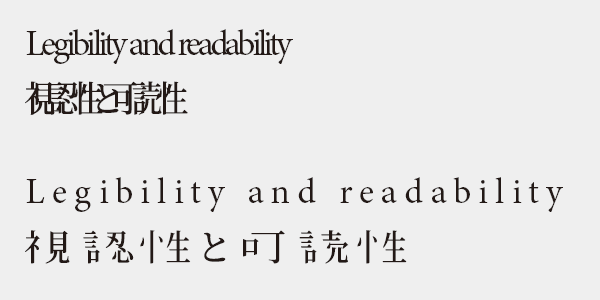
No one approves of this typesetting, right? It is not an exaggeration to say that changing the character spacing will cause the shape of the words to collapse and the radicals of the kanji to scatter. It is not something that has both readability and legibility.
If allowed, changes in character spacing can be made exceptionally.
As a general rule, letter spacing should not be changed, but it is permissible to make subtle adjustments if there is a valid reason and the reader does not feel uncomfortable. The letter spacing of fonts is designed based on the assumption of lowercase letters in normal body size, but this is only applicable in other cases.

Large characters such as headings: When the font size is large, the spacing between letters becomes uneven, making it slightly slower to identify words. It is recommended to tighten the spacing slightly.
Small text such as captions: It may be difficult to read when the font size is small, so adding a slight margin around the text will make it easier to identify.
Capital letters, small caps: It is recommended to slightly widen the spacing as it tends to become cramped.
>>Translation Services by Human Science Co., Ltd.
>>Related Materials: Post-edit Quality Check Sheet Download
Main Reference Materials
Takao Masao "Revised and Expanded Edition: Basics and Manners of European Typography" Uyushorin Publishing, 2019
Takao Masao "ABC of European Typography: Intermediate Edition" TypeTalks Workshop (Lecture), 2015
Cyrus Highsmith "Fundamentals of European Typography" Graphicsha, 2014
Author Information
-
ISHII GentaMulti-lingual Translation Group
DTP Operator- ・In my previous job, I was in charge of DTP for Asian languages such as Arabic, Thai, and Chinese. I was involved in creating product catalogs and instruction manuals.
- ・Currently, I have expanded my language expertise to cover all European languages and am responsible for not only DTP but also multilingual localization for e-learning.

